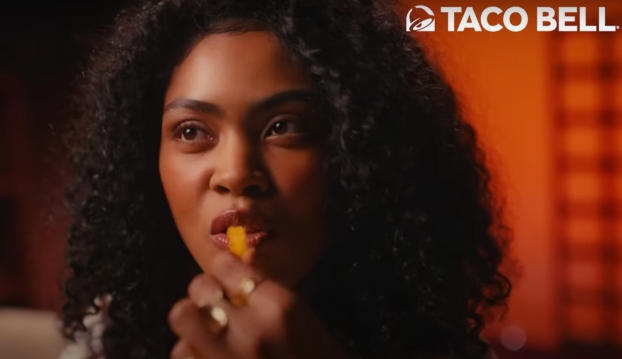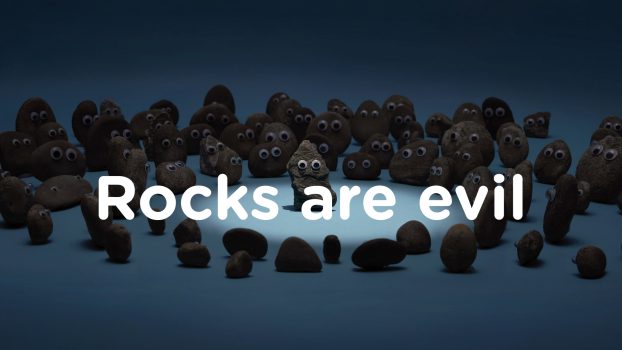Seven years ago, Bill Eugley’s grandmother passed on a smattering of novelty premiums that she’d collected through years of drinking Red Rose tea. The tea cards – small plastic cards with educational paintings on one side and encyclopedic details on the other – struck Eugley as kind of neat. He remembered playing with them as a kid and soon started to look around for more. With some difficulty, he came up with an entire tea card series.
Along the way, his mother spotted the collection. ‘Enjoying the cards I gave you?’ she asked, absentmindedly. Moments later Eugley and his mother were digging through an old jewelry box. ‘Lo and behold, there was another little set!’ Eugley says.
From 1959 to 1974 (or a tidy 1960 to 1969 in the U.S.) Saint John, N.B.-based Red Rose Tea and parent company Brooke Bond Canada issued 17 series of tea cards (only 10 of which appeared in the U.S.), each containing 48 numbered cards. The first series, ‘Songbirds of North America,’ was followed by ‘Animals of North America,’ and later, ‘Wild Flowers of North America.’ A few years into the project, Red Rose branched into tropical birds, transportation, dinosaurs and outer space as themes, culminating in 1974’s ‘Indians of Canada.’
As often happens in these cases, what began as a curious project quickly escalated into a quest. Tea card collectors are few and far between but Eugley managed to add to his collection slowly by attending card shows dominated by football and baseball card swappers.
His favorite was the dinosaur series and he soon had his hands on the entire set. Next he decided to go for all 17 series. After observing that some of the Canadian series that made their way to the U.S. appeared with a black border instead of the standard Canadian blue, he made a point of tracking down both complete sets. ‘Then I noticed there were different variations in each set, so I had to get a set of each,’ Eugley told Strategy from his home in Auburn, Me.
After gathering the complete sets and all available variations, Eugley branched into related items. At the end of each series, faithful tea drinkers could mail a checklist, or a completion card, to Red Rose. Collectors would send along a penny for every card they were missing and in return, Red Rose would send out a complete set of cards as well as an album to keep them in. Both the completion card and the albums are now collectors’ items.
Eugley has made trips to Toronto, where the cards were originally printed, in search of cards. He once managed to pick up an entire sheet of uncut tea cards at a flea market in Barrie, Ont., along with a classic aluminum Red Rose sign (‘Red Rose Tea is good tea’).
Brooke Bond Canada, which took over Red Rose in 1931, issued tea cards around the world, from Australia and Britain to Rhodesia and East Africa. Two years ago, Eugley travelled to England to take part in a tea card show. Brooke Bond issued cards in the U.K. as recently as 1999 and British collectors were eager to see Eugley’s extensive Canadian collection.
Eventually, ‘it got even better,’ Eugley says. ‘I happened to catch hold of a gentleman from Washington, D.C. who worked for the National Wildlife Federation,’ the group that sponsored and supplied the artwork that went on the cards. Originally, the NWF supplied paintings of birds, flowers and animals. Later, they commissioned artists to paint dinosaurs and sea creatures.
Turns out the NWF had run into a space crisis a few years earlier and had gotten rid of many of the original paintings. Eugley wound up with a number of them, which he now considers his ‘most prized possessions.’
‘The paintings are really where it all started. They stamped out hundreds of thousands of cards based on these. The great thing is that the paintings were always larger than the cards. One of the ‘Exploring the Oceans’ pictures shows a diver. On the card, you can’t tell what he’s diving around, but in the painting you can see that it’s an actual airplane wreck.’
After almost a decade of tea card premiums, Brooke Bond changed tactics in 1967, issuing small Wade figurines in tea boxes and slowly phasing out the cards. By 1974 tea cards had seen the end of their days. Today Unilever Bestfoods, which acquired Brooke Bond in 1984 and shifted North American Red Rose ownership to Lipton, issues small Japanese teapots with the tea.
Eugley, reluctant to sound negative about the new premiums, is not terribly interested. His loyalties lie with Brooke Bond, a tea brand that still exists at Unilever Bestfoods U.K., which produces one of Britain’s top-selling teas, PG Tips.
‘I originally had to buy it from a British specialty store. Eventually I wound up finding it in the international section of my local grocery store. It’s very strong tea compared with what goes on here.’
Sadly, the box contains just tea.
Red Rose denies its heritage
Avid collectors are the industry watchdogs of the premiums business
Bill Eugley of Auburn, Me. doesn’t think of himself as an industry watchdog but he is certainly very knowledgeable when it comes to the Red Rose Tea company’s premium heritage.
His Web site (www.teacard.com) holds a wealth of information about tea cards, including details on the history of the company that produced them. After seven years of avid collecting, Eugley knows which series were issued when and for how long. He also knows about cards that were planned but never issued at all (he has some of them). He knows when the die broke while cutting some of the cards out of a freshly printed sheet of cards.
So when the Red Rose USA Management (the company which now owns the remaining Red Rose business in the U.S.) posted a new Web site in July 2002 celebrating its long history with Wades figurines, he was thrilled. He quickly sent an e-mail to the company suggesting a link to his site.
Instead of signing him on, the company replied that the tea cards were only issued in Canada, and that Wade figurines had always been the American premium. The owner of many American premiums disagrees.
‘They actually denied their tea card heritage,’ Eugley says. ‘I think they just don’t know enough about their own history, which I do. Several of my friends were very amused.’






















